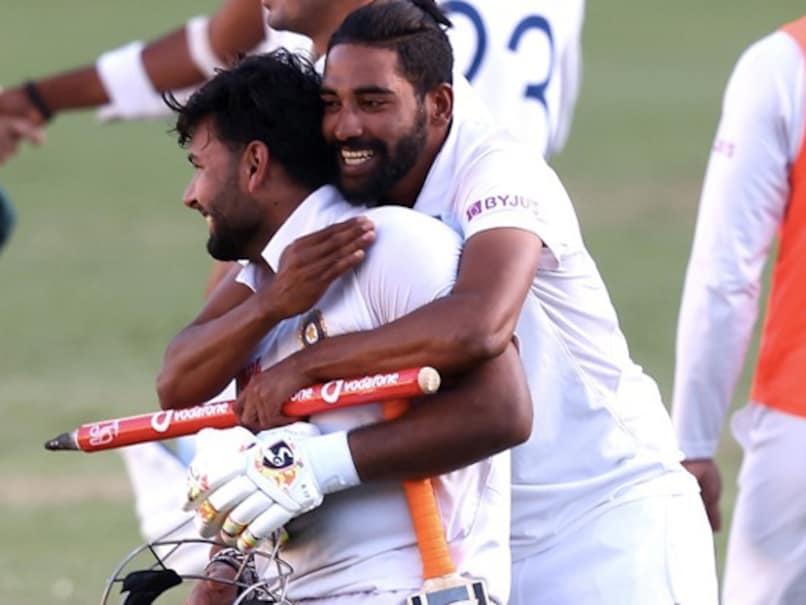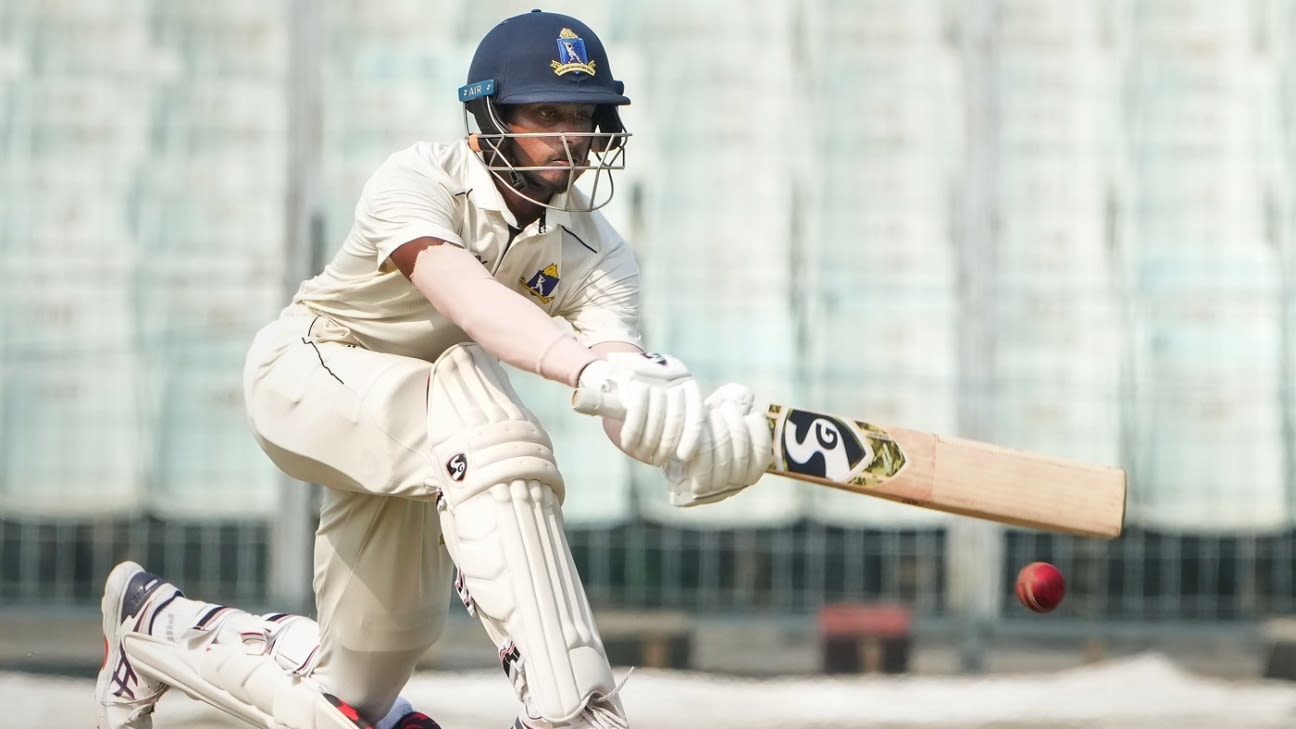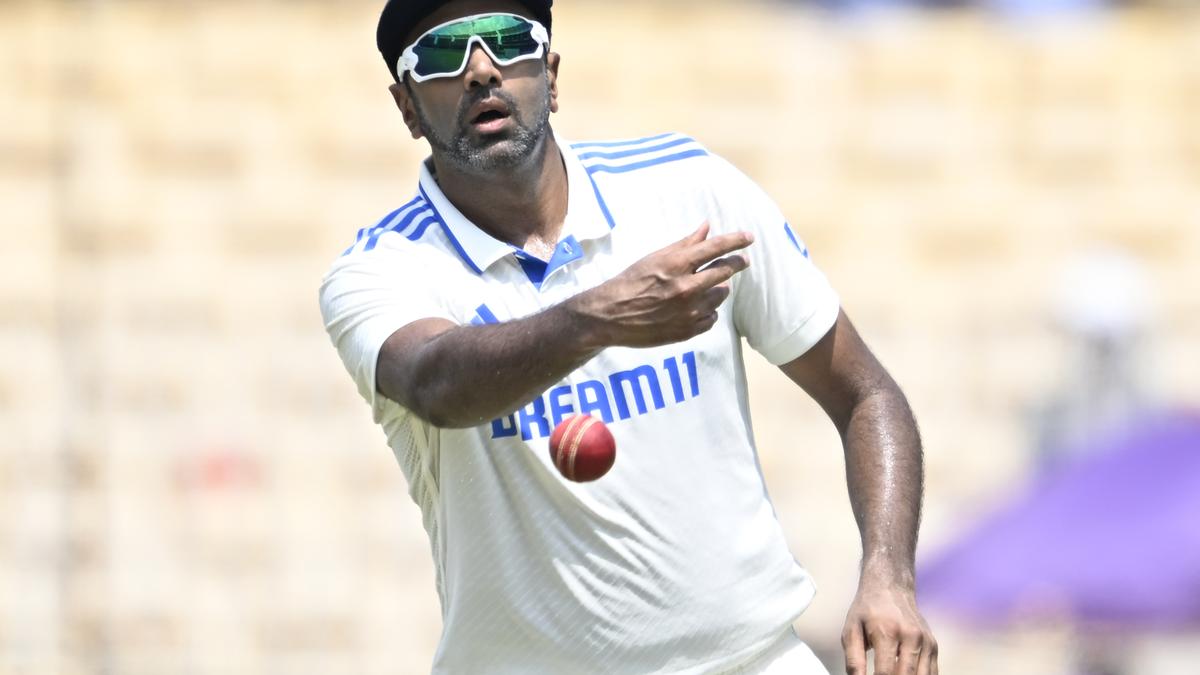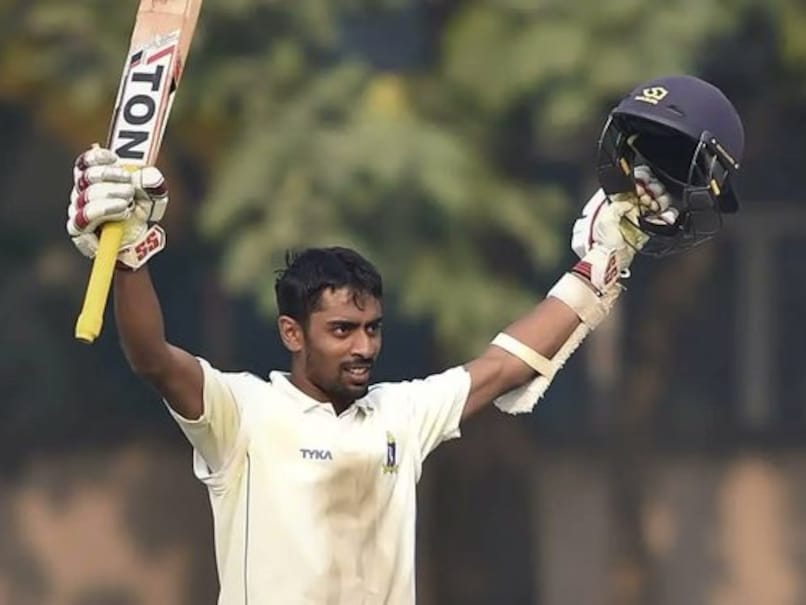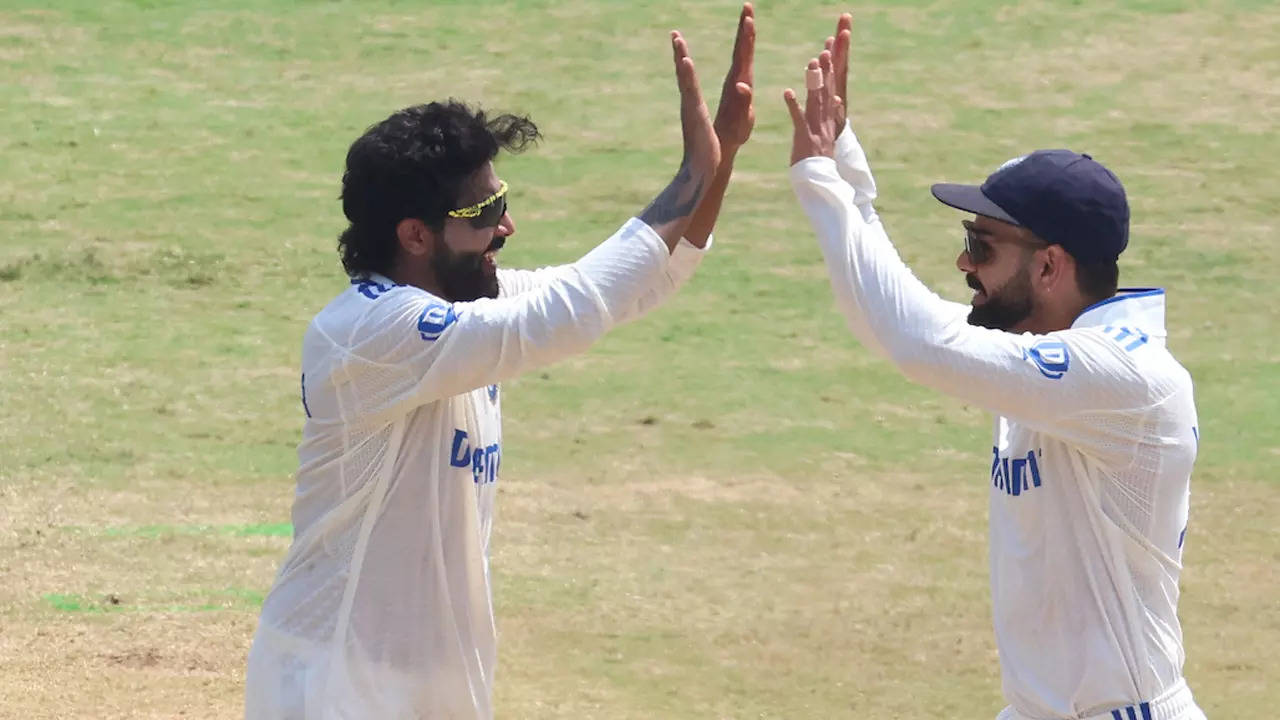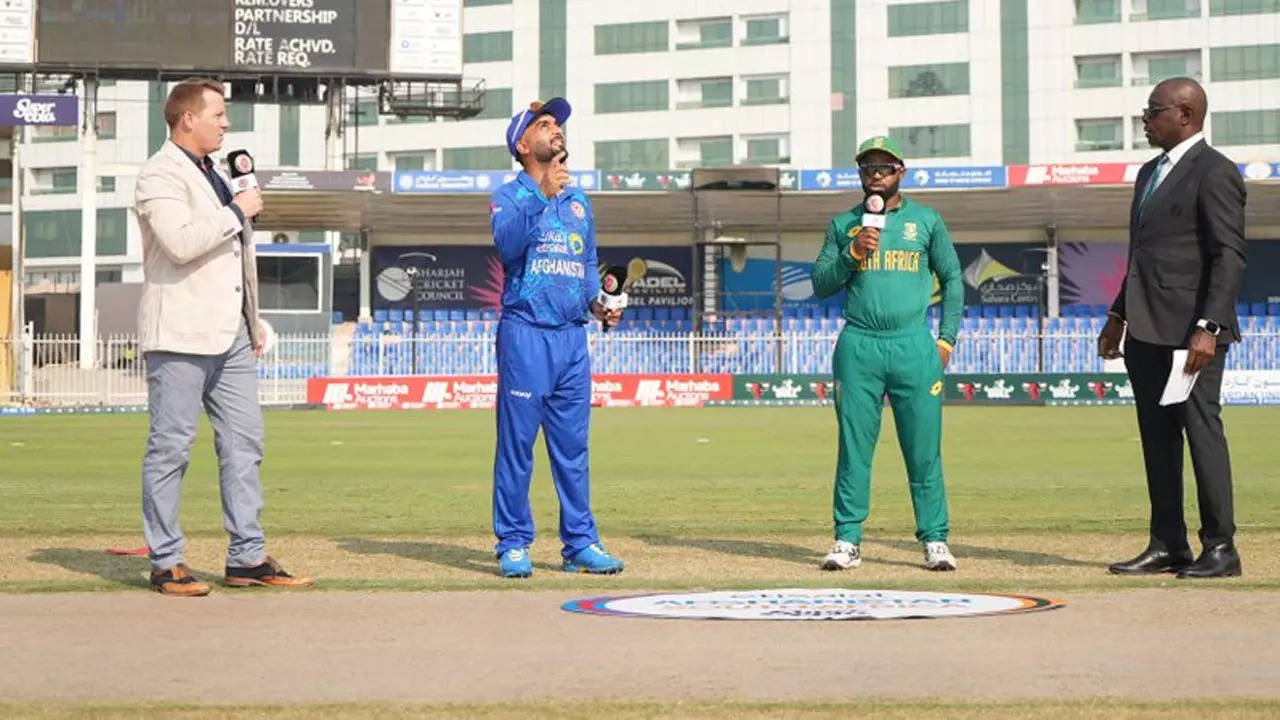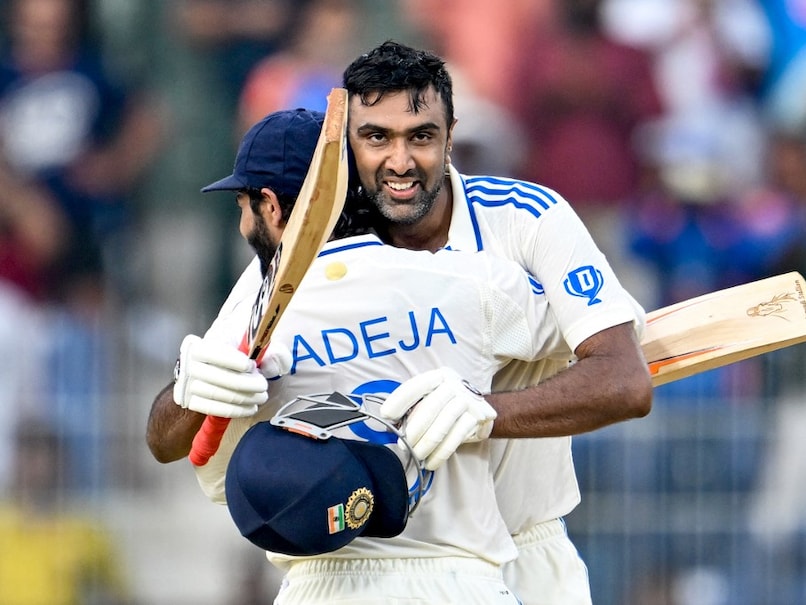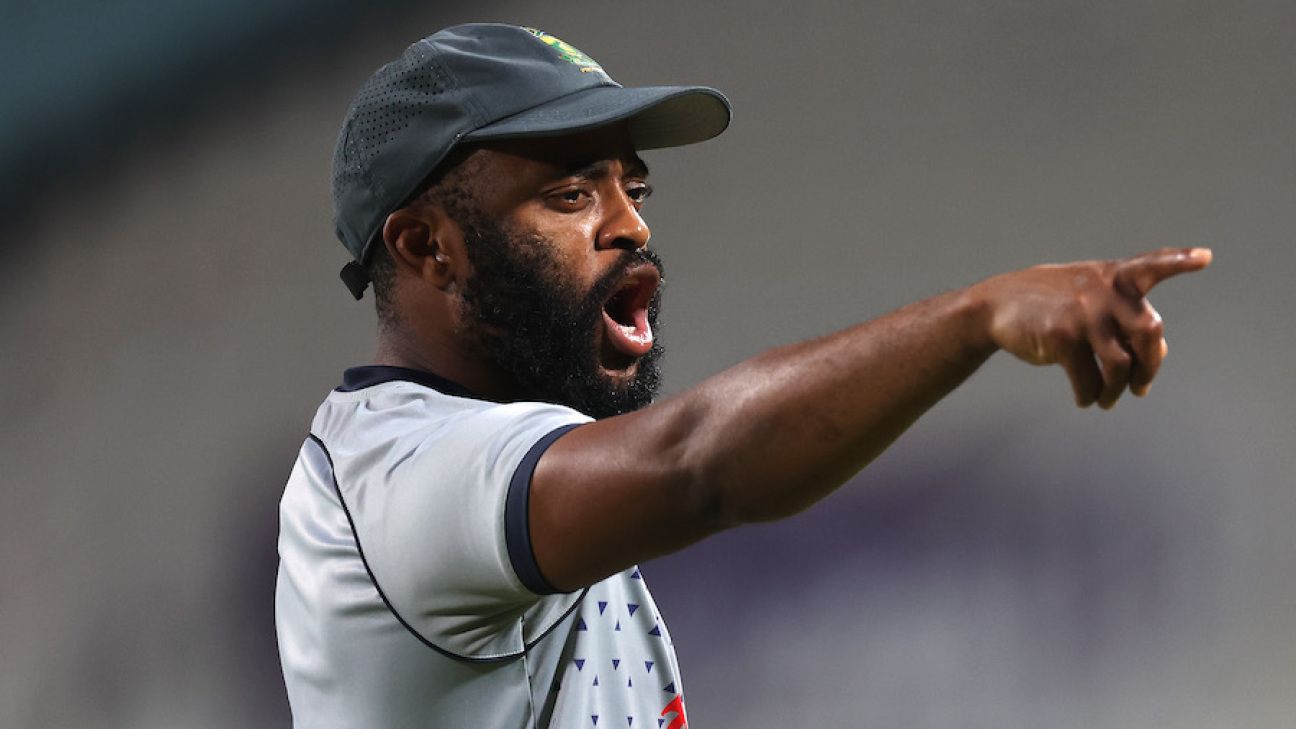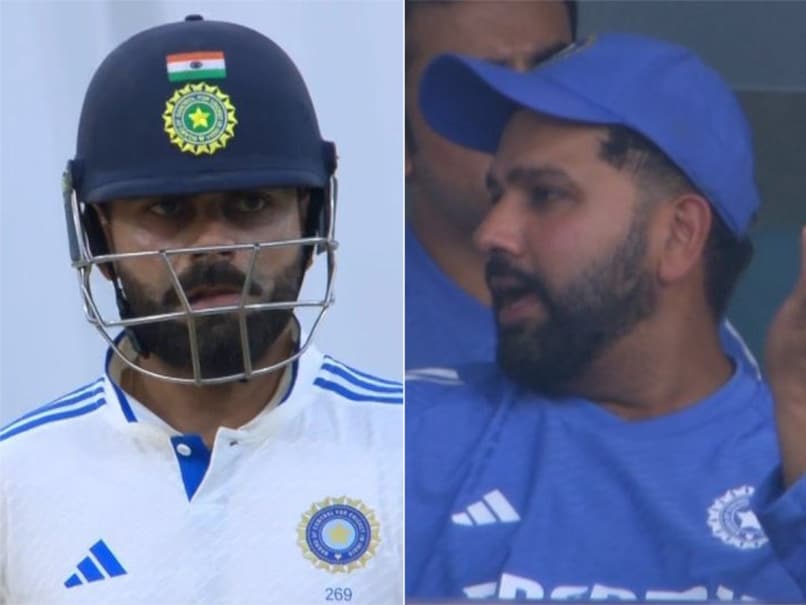Rohit Sharma’s Playful Gesture Brings Laughter to Indian Dressing Room
Rohit Sharma’s Playful Gesture Sparks Laughter in Indian Dressing Room
On the second day of the first Test between India and Bangladesh in Chennai, a lighthearted moment occurred in the Indian dressing room that showcased the camaraderie within the team. Rohit Sharma, the Indian captain, playfully tapped Shubman Gill on the jaw, eliciting a smile from the young opener.
Virat Kohli, the former Indian captain, noticed the cameras capturing the scene and quipped, “Rohit, don’t hit him too hard, he’s still young.” This remark drew laughter from the players, including head coach Gautam Gambhir, and eased any tension in the dressing room.
The incident highlighted the lighter side of cricket, where even in serious situations, players find ways to enjoy themselves and lift each other’s spirits. It also demonstrated the strong bond between the Indian players, who have been known for their close-knit relationships on and off the field.
Meanwhile, on the field, India extended their lead to an impressive 308 runs at the end of the second day. Gill remained unbeaten on 33, while Rishabh Pant was not out on 12 when play ended for the day.
Earlier, Bangladesh struggled in their first innings, managing only 149 runs before being bowled out. Jasprit Bumrah, India’s pace spearhead, was the standout bowler, claiming four wickets while conceding just 50 runs.
India’s commanding position heading into the third day of the Test match is a testament to their strong performance in both batting and bowling. The team will look to continue their dominance and secure a victory in the first Test of the series.


